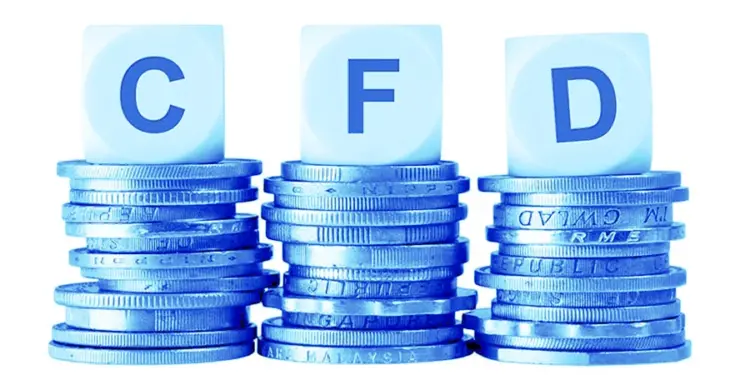Market cycles are never static. Economic conditions, investor sentiment, and central bank policy constantly shift, impacting which sectors lead and which lag. Sector rotation is the practice of adjusting exposure to different industries based on where we are in the market cycle. Traders who understand this concept can use Share CFDs to take advantage of both rising and declining sectors with precision and flexibility.
The Four Phases of the Economic Cycle
The economic cycle generally consists of four key phases: expansion, peak, contraction, and trough. Each phase tends to favor specific sectors. During an expansion, growth stocks such as technology or consumer discretionary often perform well. As the economy peaks and begins to slow, defensive sectors like utilities and healthcare may take the lead. In a full downturn, consumer staples and dividend payers tend to outperform.
For traders using Share CFDs, this creates opportunities to rotate into different positions as the economic data evolves. Since CFDs allow both long and short exposure, it becomes possible to ride strength in leading sectors while shorting those underperforming during specific phases.
Tracking Sector Performance Through ETFs and Indexes
Even if you are trading individual stocks, keeping an eye on sector performance through sector-based ETFs or indexes can provide valuable clues. Traders use these tools to identify which sectors are gaining or losing momentum relative to the broader market. A breakout in a sector ETF can signal that individual stocks within it are ready to run.
When trading Share CFDs, using this information helps build a watchlist of names likely to benefit from a shift in capital flow. For example, if energy is gaining strength, a trader might look at leading oil and gas companies for potential entry points.
Identifying Early Rotation Signs
Sector rotation is not always obvious. It often starts gradually as smart money begins to move capital ahead of economic or policy changes. By studying volume trends, relative strength, and news sentiment, traders can begin spotting rotation as it happens. These early signs give CFD traders an edge in positioning themselves ahead of the crowd.
Technical analysis also plays a role. When sector-specific stocks begin breaking through resistance levels while others stall, it can indicate where strength is emerging. This analysis, combined with fundamental cues, enhances decision-making when using Share CFDs to shift exposure.
Balancing Aggression with Risk Management
Sector rotation strategies require speed and confidence, but they also need risk control. Moving from one sector to another means exiting previous trades and reallocating capital. This should not be done based on guesswork. Each trade must be supported by technical and macro analysis, and the overall exposure should align with your risk tolerance.
With Share CFDs, this transition can be made smoothly and with relatively low capital outlay, but that does not eliminate the need for stops, position sizing, and portfolio balance.
Aligning With Seasonality and Sentiment
Beyond the economic cycle, seasonal trends and investor sentiment can influence sector performance. Retail stocks may rally heading into the holiday season, while tech stocks often gain traction ahead of major product launches or earnings cycles. Traders using Share CFDs can blend these short-term catalysts into their sector rotation approach, combining macro and micro views for more refined entries.
Sector rotation is a time-tested approach that aligns well with active CFD trading. It allows traders to stay aligned with market momentum, reduce exposure to underperforming industries, and remain flexible in changing environments. With Share CFDs, this strategy becomes more accessible than ever. The key is knowing where the market is going and having the tools to follow it with clarity and control.










